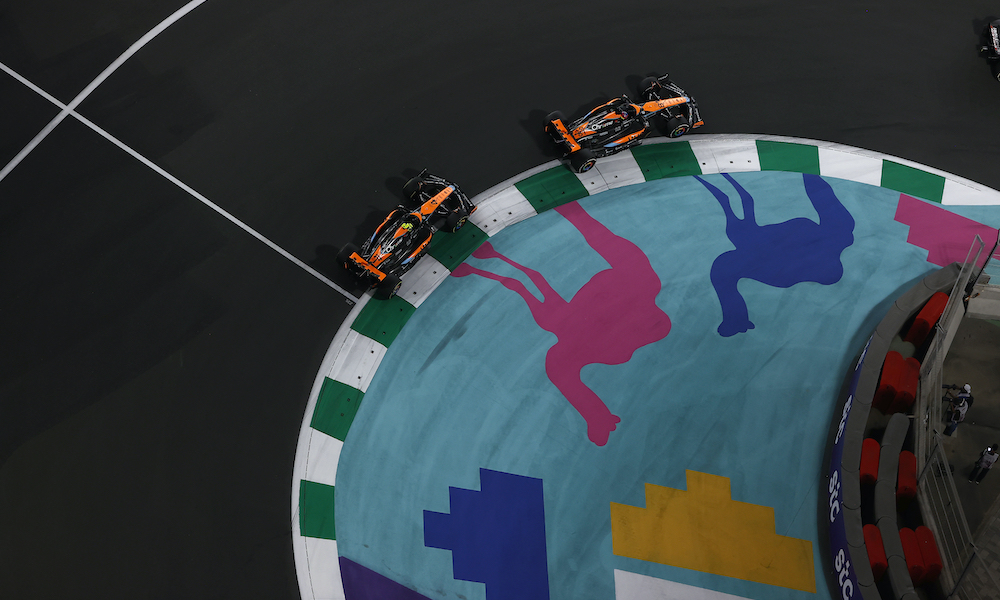
Two races, zero points and a best finish of 15th place. McLaren’s worst start to a season since 2017 has been followed by a major overhaul of its technical structure.
Of course the two are connected, but these changes are far from a knee-jerk reaction from management at Woking. In fact, it’s a situation that has been evolving for some time.
For starters, it would be extremely harsh to judge McLaren solely on the opening two races of this season. Bahrain was a disaster, but in Jeddah the car was far more competitive despite the team warning it would be on the back foot until a major upgrade could be introduced around Baku.
On a track where rookies are more likely to struggle than most, Oscar Piastri took his McLaren through to Q3, and Lando Norris surely would have joined him if not for a surprising error in the first part of qualifying. Then came immense misfortune when light contact broke Piastri’s front wing at Turn 2 on the opening lap. The debris was collected by one other car in the pack – Norris’s – and both were forced to pit for repairs immediately.
Despite how unhappy the team is with the car, its relative competitiveness is far from terrible. It just hasn’t had a clean enough race yet to see where it really shakes out.
But there are other, more subtle signs, that led to concerns within the McLaren Technology Centre that change was needed on the technical front, culminating in James Key’s departure.
When Key and Andreas Seidl arrived to bolster the leadership team in 2019 – during another major overhaul when various managerial and technical personnel changed, along with the organizational structure – McLaren’s 2020 car was already deep into its development phase overseen by the existing team that included Andrea Stella and Peter Prodromou. That car proved to be a good one, with McLaren finishing third in the truncated 2020 season, and COVID-19 resulting in limited changes being allowed for the following year while the new technical regulations were delayed.
If anything, it was 2021 that suggested what a good job the previous technical team had done, given McLaren was slightly more limited than its rivals in terms of the changes it could make while fitting the Mercedes power unit. Multiple podiums, a pole position in Russia and victory in Monza suggested a team with momentum.
But once the first new car under the full technical leadership of Key was produced last year, McLaren started the season in trouble and could only recover to fifth overall. The Alpine was clearly a quicker design and finished fourth overall despite being hamstrung by reliability, while Aston Martin went from being a long way off the pace to become pretty regular threat to McLaren and Alpine by the final rounds.
That slow development rate played a part in creating the sense that McLaren needed to bolster its ranks on the technical side. The job Stella had done previously resulted in the fast-tracking of his promotion to team principal once Seidl had made clear his intention to join Sauber by 2026, but prior to that being announced there were moves to bring David Sanchez back from Ferrari.